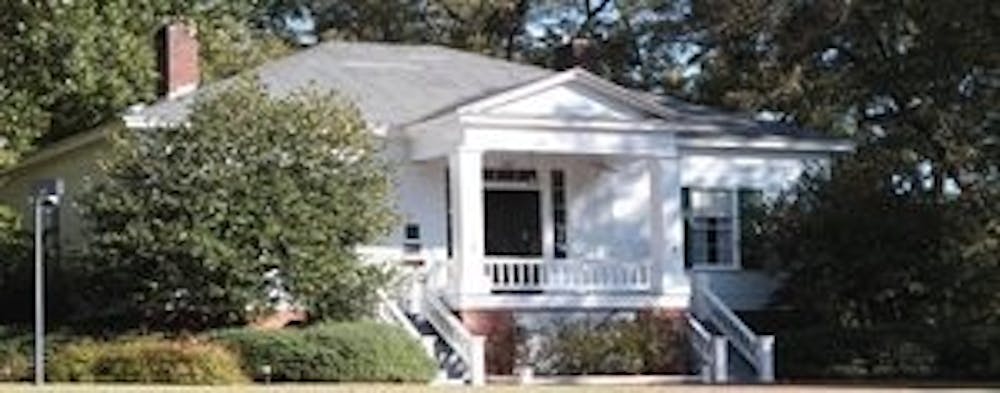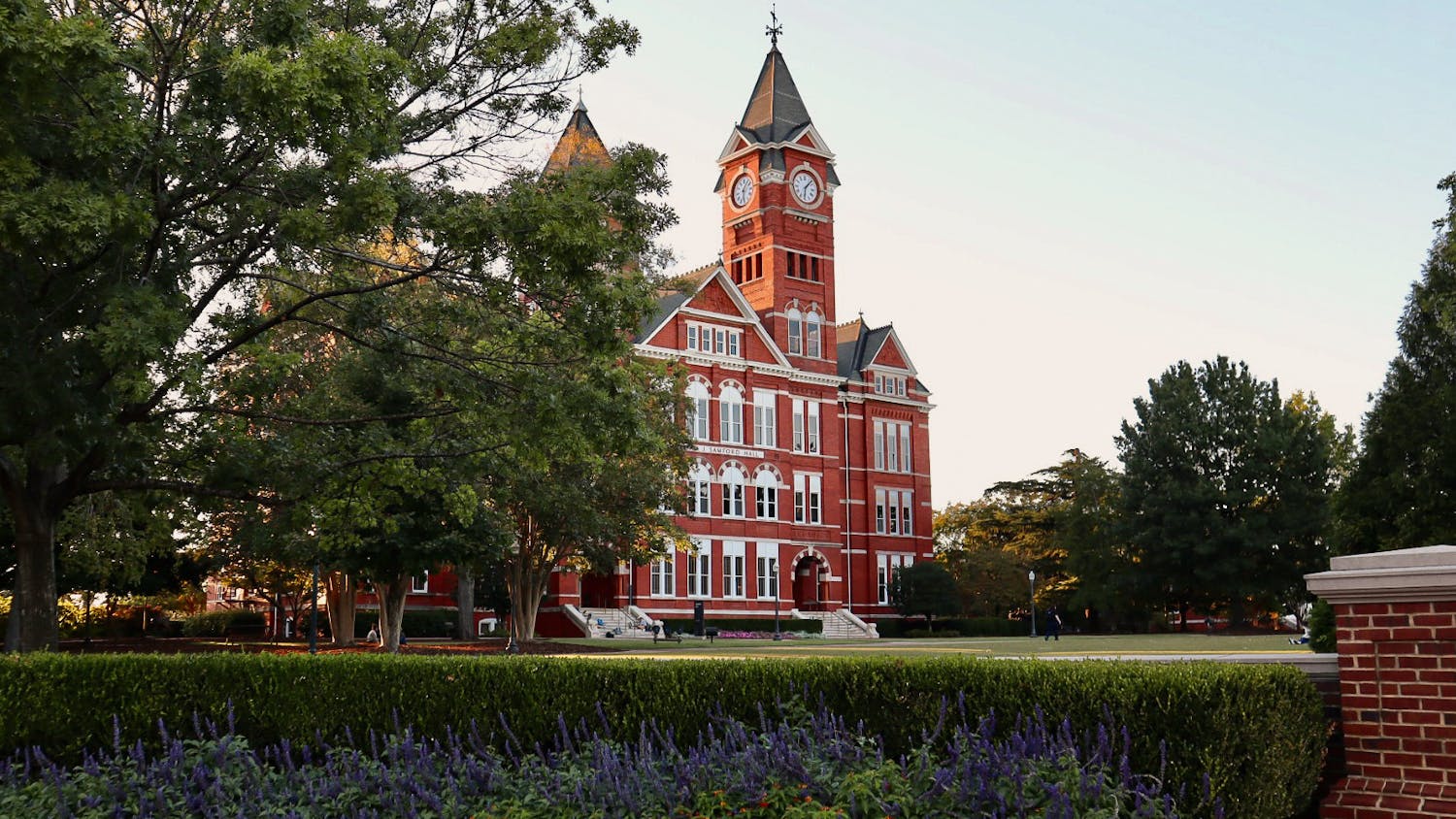The history of Auburn remains alive and well through the preservation of Auburn's historic homes and buildings.
This year marks the 165th year since Auburn's historic Scott-Yarbrough "Pebble Hill" home was built.
The home's history is filled with a small list of people who lived in the home, said Maiben Beard, outreach associate for the Caroline Draughon Center for the Arts and Humanities.
"The Scott-Yarbrough House was built in 1847 by Nathaniel and Mary Scott," Beard said. "The Scotts came to East Alabama as part of a wave of settlers who came to the area after the United States acquired the territory from the Creek Indians."
The Scotts had familial ties with Auburn and, through that, they played a role in the development of Auburn.
"The Scotts helped build the town of Auburn, which was founded by Nathaniel Scott's half brother, John J. Harper," Beard said.
Nathaniel Scott died in 1863 and Mary sold the house some time after that, said historian Evelyn Causey.
"The records are not as well kept as the area was in somewhat of an upheaval," Causey said.
Causey, who was hired by Auburn University to research the history of Pebble Hill, said there are few records of the time after the Civil War in relation to the ownership of the home, but that the next known owner was Mary Riley.
"Mary Riley purchased it in 1876," Causey said. "She's a very interesting person because, looking at her records, we have no idea how she brought in any income. She's never listed with an occupation, but somehow she had enough money to buy the house."
Riley lived in Pebble Hill until her death in 1907, Causey said.
Pebble Hill's next tenants were the Yarbrough family, who bought the home in 1912. Cecil Yarbrough served as mayor of Auburn and then moved on to be a state representative, Beard said.
Pebble Hill served as student housing in the '60s and '70s, and was bought by the Auburn Heritage Association in 1974.
However, that was not the only time in Pebble Hill's history that it was used as student housing.
"When Nathaniel and Mary Scott were living at the house in 1850, they had 14 students who were attending schools in Auburn and lived in the house with them," Causey said. "They basically boarded students who were attending academies in the town at that time."
Pebble Hill was donated to Auburn Heritage Association in the 1980s and was then gifted to Auburn University in 1985, Causey said. It is now home of Auburn's Caroline Draughon Center for the Arts and Humanities.
"The location of Pebble Hill, situated in between the University and the community, is a perfect example of the work that we do," Beard said. "Through our programs, we help connect the University with the broader community."
Beard said CAH is working to expand Pebble Hill's influence and reputation in the city of Auburn.
"The history of Pebble Hill reflects the history of Auburn in so many ways," Beard said. "We are currently working on a website that uses Pebble Hill as a lens to look at local, state and national history."
As one of the oldest buildings in the city, the Scott-Yarbrough home is going to continue to be protected and a project is in the works to restore the building, Beard said.
"We are working on an expansion and renovation project," Beard said. "Eventually, Pebble Hill will be period-furnished and decorated, taking it back to its 1840s roots."
Causey said she believes Pebble Hill is the most well-preserved pre-Civil War home in the Auburn area, and it provides a way to bond Auburn University and the city of Auburn together.
"Pebble Hill represents a link between the history of the University and the history of the town," Causey said. "So much of the physical, tangible aspects of Auburn's early history have been gone or significantly altered."
Causey believes it is important to know the history.
"The 165th anniversary is a good occasion to remember how important it is to have these buildings to understand and remember the people involved in building Auburn," Causey said. "Not just the planters and the merchants, but this town was also built by slaves, and that's an important thing to remember in our history as we look to our future."
Do you like this story? The Plainsman doesn't accept money from tuition or student fees, and we don't charge a subscription fee. But you can donate to support The Plainsman.





